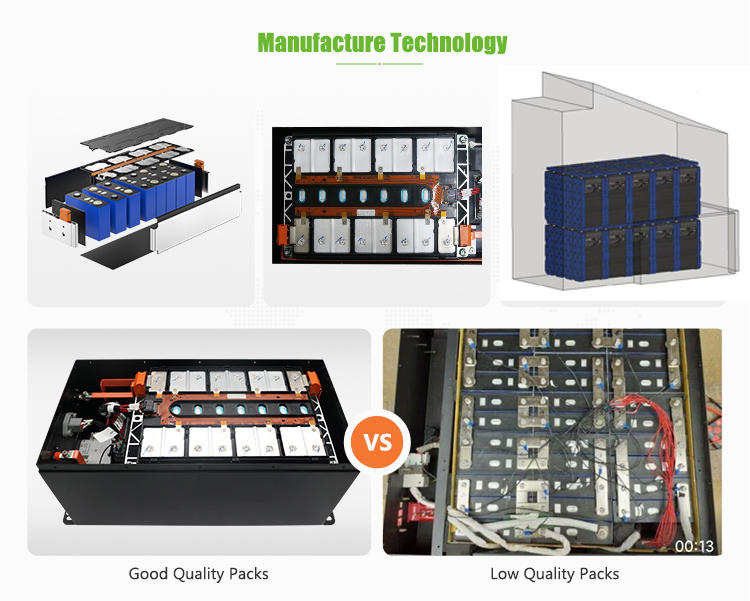- 23
- Nov
Lithium battery disassembly shows
Delete the instruction
Fortunately, as a result of my previous work, I have removed hundreds of batteries in my hands, including lithium-ion iron phosphate batteries, terpolymer lithium batteries, flexible pack batteries and cylindrical batteries. Today I’m going to disassemble and show you the state of the inner panel of the battery.
As lithium ions enter, the graphite anode gradually turns golden, but it is difficult to see the anode through the color change. We usually judge the charging and discharging mechanism and quality of the battery by disassembling the battery and observing the interface state of the negative electrode.
SOC=7%, there were particles in the center of the electrode, and the electrode did not change color.
When SOC=14%, the particles in the middle of the electrode can be seen. Slight discoloration.
SOC is 26% a little blue.
SOC=53.9%, turns blue, bubbles can be seen.
Charge status =70.0%, from dark purple to red, visible uncharged area black. No lithium ion precipitation was found.
Full charge =81.5%, turning to gold, visible black uncharged area. You can see the evolution of white lithium.
As can be seen from the figure above, when the charged state is less than 50%, the electrode state does not change much. Changes in the electrode can be observed above 50%. As shown in Figure 4, a large number of bubbles can be found around 3.6V. It can be inferred that there is a significant change between Figure 5 and Figure 6. The charged state changes by only 10%, but the electrode state is completely different.
Electrode state when battery SOC=100%. The white part is lithium.
After removing the white part, the surface of the lower pole does not turn gold, indicating that lithium ions are not embedded in the positive electrode material. In short, the positive material in this part of the material prevents lithium ions from embedding, so lithium ions precipitate to the surface. It is speculated that the binders (CMC and SBR) are unevenly distributed on the electrode surface and coated with carbon in the anode material, leading to lithium ion implantation.
When the charged state is 100%, most of the black spots are uncharged areas. There are many black spots on the battery, which is an important reason for the low capacity of the battery. The important factors causing black spots are the uniformity of slurry, the density control precision of coating surface, the tension control of winding and the formation of gas.

